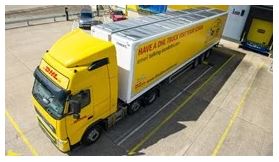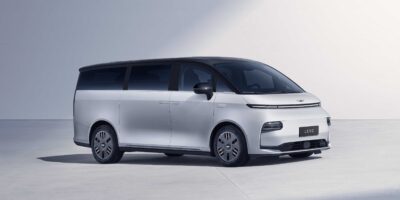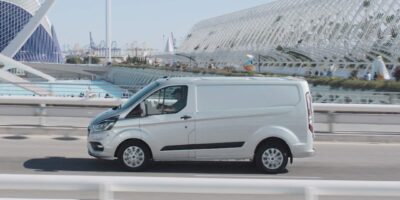DHL has implemented a number of initiatives as part of its ‘Mission 2050: zero emissions’ strategy. The mail and logistics business has set a number of challenging targets as it builds towards its end objective of eliminating all logistics-related emissions.
However, DHL, which operates a fleet of 15,000 vehicles in the UK, also recognises that any projects have to deliver on core business objectives.
Phil Roe, managing director, network logistics and transport, DHL Supply Chain UK and Ireland, said the company faces a number of challenges, including rising expectations of service, communities that are increasingly city-based, improving environmental performance and collaborative efficiencies that reduce lead times and increase the frequency of delivery.
“These are things that increase cost, not reduce it,†Roe told the annual Microlise conference. “Our response is to develop new IT capability.â€
Roe outlined three projects that DHL had successfully trialled, one of which it is making commercially available to other fleet operators.
The first, Connected TMS (Transport Management System), is a digital network that connects DHL to its sub-contracted partners and customers in a seamless service to enable them to utilise DHL’s network. It allows DHL to optimise its routes, with dynamic, real-time information and status updates, track journeys, and is scalable.
By managing all the transport data in one place, DHL can access greater insight for customers, which improves forecasting and planning.
“It’s efficient planning to optimise cost and reduces empty miles and CO2,†said Roe.
DHL’s second initiative will see it focus on introducing electric vehicles, range extenders and hydrogen vehicles to its fleet. It is already working with Ford on the plug-in Transit and with Cadent on heavy-end trucks, typically 30 tonnes-plus, where CNG and LNG are seen as the best solutions.
As part of the plan, DHL wants to operate 70% of its own first- and last-mile services with clean pick-up and delivery solutions, such as bicycles and electric vehicles, by 2025.
However, it recognises that diesel will continue to play a dominant role on the fleet for the foreseeable future.
To that end, DHL has been working on its third initiative with Don Bur to create a solar transport solution that reduces emissions and fuel spend to make its fleet greener, more cost-efficient and urban-friendly.
‘Trailar’ is a two-millimetre thick solar mat that is fitted to the vehicle roof and connects to the vehicle battery or other on-board batteries.
The solar energy generated is used to power different on-board activities such as tail-lifts, reducing overall fuel consumption.
“It means a trailer can be self-sufficient or it could contribute to a fridge unit running,†said Roe. “It could also be used for electric vehicles. It cuts CO2 emissions, fuel use and service, maintenance and repair costs by reducing the electrical load.â€
Trailar can be integrated into both trailers and rigid vehicles. During independent trials at Millbrook Proving Ground, fuel savings of up to 5.2% were achieved.
DHL has been running the solar panels for the past six months. They can be fitted to rigid vehicles in less than six hours (Roe claimed fuel savings of 4-8% during the trial) and to a trailer with tail-lift in less than 12 hours (with fuel savings of 2-4%).
“Ultimately, we need fewer, cleaner and quieter vehicles on UK roads,†said Roe. “This can be achieved while also helping customers reduce their transport costs. That’s why we’re committed to developing new sustainable transport solutions that can be rolled out across all supply chains for the benefit of the environment, the public and our customers.â€
DHL Supply Chain is actively integrating Trailar across its own and customer UK fleets in the first instance and will begin selling the product to third parties from 2019. Although Roe declined to reveal prices, he said fleets would achieve return on investment within a year.








